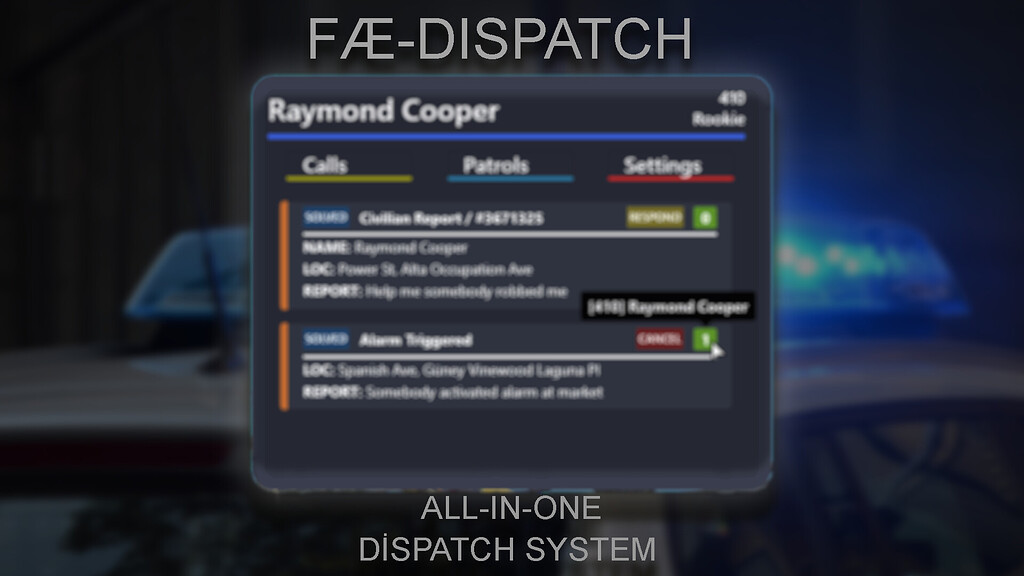

“Even though 911 operations were a civilian section within SPD, a prospective applicant had to go to SPD’s website to find job listings,” he explained. The center hired its first human resources staffer within the past month, but other vacancies have been hard to fill.

The city’s big plans for the CSCC are still on the horizon, and in the meantime, Lombard and his staff are sorting out the basics. As new options become available to respond to emergency calls, the 911 dispatchers will be responsible for deciding who arrives on the scene first-police, the fire department, or civilian mental health specialists, for example.įor now, dispatchers are still limited to two options: police or fire. Practically every elected official and candidate for city office has voiced their support for scaling back SPD’s responsibilities by diverting more emergency calls to non-police responders. “We could add a bunch of other response teams, but if there aren’t new or expanded pathways to get people in crisis the kind of back-end services they need, we just have too many cooks in the kitchen,” she said.īut the city’s goal in transferring the 911 call center to the CSCC wasn’t merely to reduce the role of the police department on paper. “On our end, we’re still trying to figure out how we can connect people to more resources.” Last year, the 911 center transferred 17 percent of calls to the fire department.īrandie Flood, the director of community justice for REACH, cautioned that housing and health care providers who can offer long-term support to people in crisis are already overstretched.

“Right now, is the gateway to a lot of resources, like mental health care or clinical referrals,” Lombard explained. When a call-taker thinks that an emergency would be better handled by the Seattle Fire Department-an agency with more response options than SPD-they reach out to the fire department’s internal dispatch center, which was Lombard’s turf before he joined the CSCC. On one side of the room, call-takers try to draw out the most pertinent information from people in distress while racing the clock on the other, dispatchers direct police officers to high-priority calls and in the middle, a team of supervisors watches from a raised platform. The dispatchers sit in the same cubicles in the same unmarked office. On the surface, the 911 call center hasn’t changed much since it left SPD. The center, historically a civilian unit inside the Seattle Police Department, will play a key role in the city’s efforts to shift away from a police-centric approach to public safety, and the city’s decision to house the 911 call center in the department was one of the first concrete steps in that effort. When plans to move the parking enforcement unit to the CSCC fell through this spring, Lombard was left overseeing a single, crucial, service: Seattle’s 911 call center. In some ways, creating the CSCC involved fewer moving parts than the infamously messy set-up of the massive citywide IT department. “In contrast, we had about eight months,” said Chris Lombard, who leads the city’s newest department: the Community Safety and Communications Center (CSCC), which began work at the beginning of June.

The last time Seattle launched a new department-Seattle Information Technology, which brought IT staff from across the city under one roof-the consolidation took years. Health One, a Seattle Fire Department program that responds to low-acuity crisis calls, is a relatively new alternative for 911 dispatchers.


 0 kommentar(er)
0 kommentar(er)
